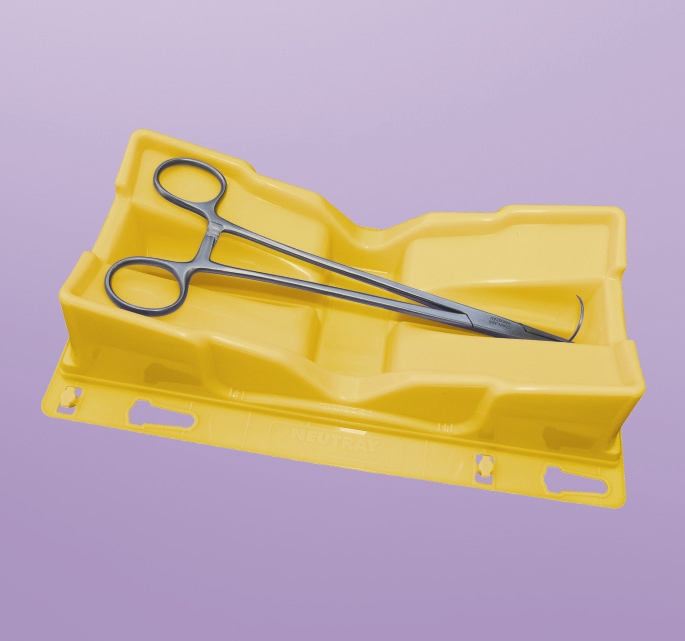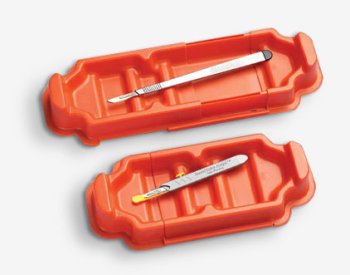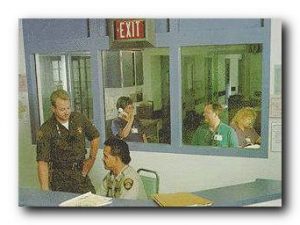Safety Product Category
Sharps Disposal Containers In-Room
Sharps Disposal Containers / In-Room
There is a need for in-room sharps disposal containers in addition to large volume area sharps disposal containers and mobile, on-site containers. Sharps disposal containers should be available in every procedural room in a hospital, clinic and physician office.SharpStar® In-Room Containers
The SharpStar container is the only sharps disposal container awarded the Seal of 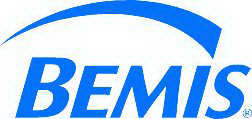 Acceptance from the Alliance of Children’s Hospitals, Inc. Seal of Approval The SharpStar system is ideal for pediatric, geriatric, or high-risk areas. The SharpStar containers minimize the potential for overfilling by stopping in the “Full” position when the containers reach maximum capacity. This also allows ease of monitoring fill levels and assisting in the routine change-our of in-room containers. The unique SharpStar lid design limits accidental or intentional access to the container contents. These containers are offered in multiple sizes from 5 quarts to 4 gallons to accommodate the increasing volume and size of safety-engineered sharps devices used today. Kendall continues to offer a complete line of Monoject, Devon, and SharpSafety disposal containers.
Acceptance from the Alliance of Children’s Hospitals, Inc. Seal of Approval The SharpStar system is ideal for pediatric, geriatric, or high-risk areas. The SharpStar containers minimize the potential for overfilling by stopping in the “Full” position when the containers reach maximum capacity. This also allows ease of monitoring fill levels and assisting in the routine change-our of in-room containers. The unique SharpStar lid design limits accidental or intentional access to the container contents. These containers are offered in multiple sizes from 5 quarts to 4 gallons to accommodate the increasing volume and size of safety-engineered sharps devices used today. Kendall continues to offer a complete line of Monoject, Devon, and SharpSafety disposal containers.
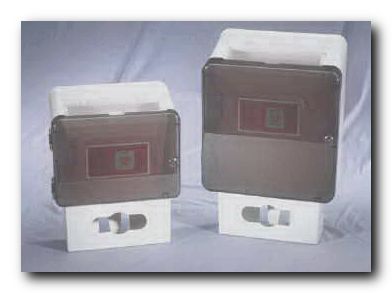

The SharpStar container is the only sharps disposal container awarded the Seal of  Acceptance from the Alliance of Children’s Hospitals, Inc. Seal of Approval The SharpStar system is ideal for pediatric, geriatric, or high-risk areas. The SharpStar containers minimize the potential for overfilling by stopping in the “Full” position when the containers reach maximum capacity. This also allows ease of monitoring fill levels and assisting in the routine change-our of in-room containers. The unique SharpStar lid design limits accidental or intentional access to the container contents. These containers are offered in multiple sizes from 5 quarts to 4 gallons to accommodate the increasing volume and size of safety-engineered sharps devices used today. Kendall continues to offer a complete line of Monoject, Devon, and SharpSafety disposal containers.
Acceptance from the Alliance of Children’s Hospitals, Inc. Seal of Approval The SharpStar system is ideal for pediatric, geriatric, or high-risk areas. The SharpStar containers minimize the potential for overfilling by stopping in the “Full” position when the containers reach maximum capacity. This also allows ease of monitoring fill levels and assisting in the routine change-our of in-room containers. The unique SharpStar lid design limits accidental or intentional access to the container contents. These containers are offered in multiple sizes from 5 quarts to 4 gallons to accommodate the increasing volume and size of safety-engineered sharps devices used today. Kendall continues to offer a complete line of Monoject, Devon, and SharpSafety disposal containers.

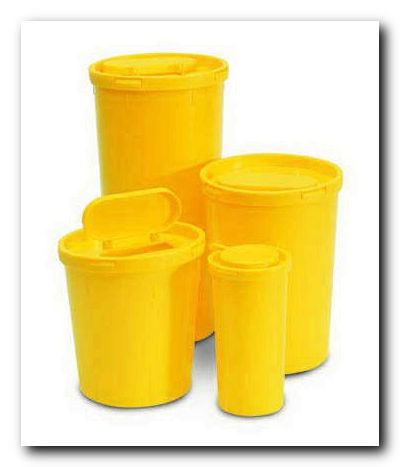
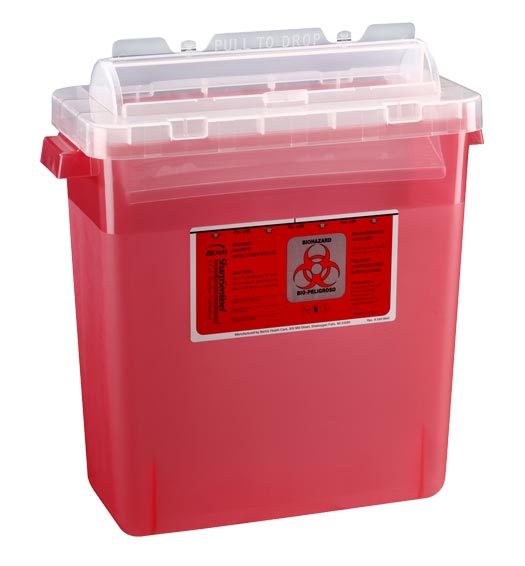
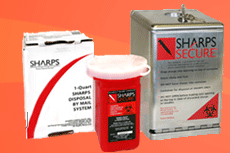
 The Sharps Secure® Collection System is a containment and disposal method designed specifically for public restrooms. It provides self-injecting employees and customers a way to properly dispose of their sharps while away from home. The system is currently used in malls, restaurants, office buildings and industrial facilities.
The Sharps Secure® Collection System is a containment and disposal method designed specifically for public restrooms. It provides self-injecting employees and customers a way to properly dispose of their sharps while away from home. The system is currently used in malls, restaurants, office buildings and industrial facilities. Our Sharps Biohazard Spill Clean-Up Kit™ provides a safe way to properly handle biohazard substances.
Our Sharps Biohazard Spill Clean-Up Kit™ provides a safe way to properly handle biohazard substances.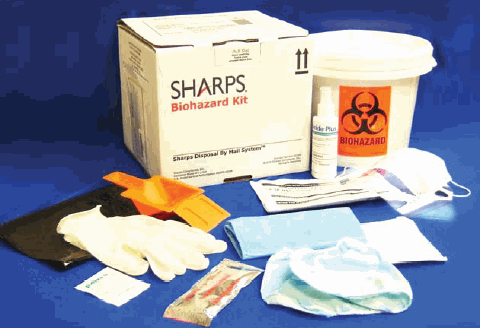


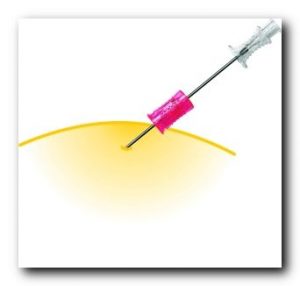
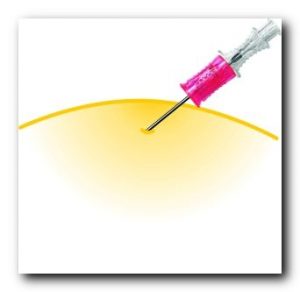 permanently into place.
permanently into place.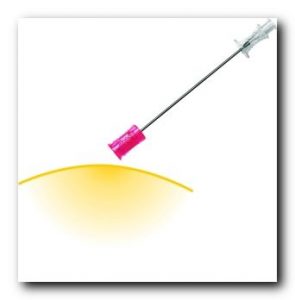
 A lightweight, unique, purpose designed, single-use device that provides a secure ‘hands free’ transfer medium for passing sharp instruments, thus reducing the risk of third party inflicted sharps injuries
A lightweight, unique, purpose designed, single-use device that provides a secure ‘hands free’ transfer medium for passing sharp instruments, thus reducing the risk of third party inflicted sharps injuries